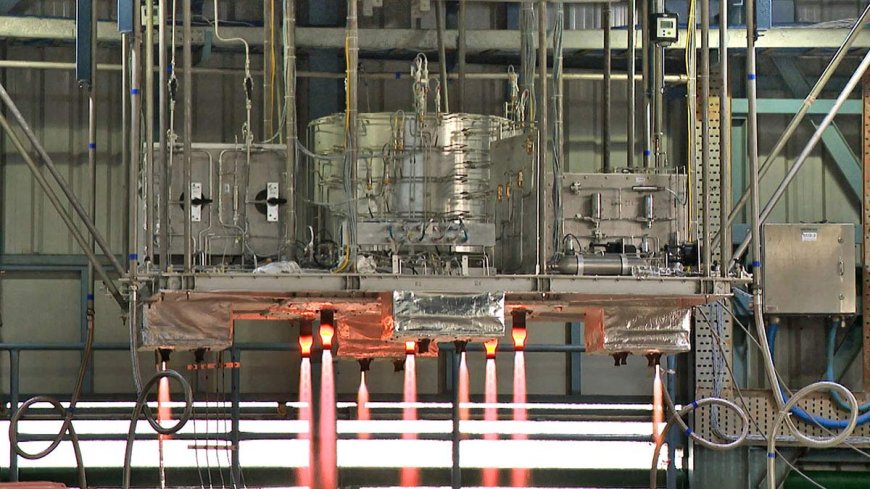ISRO Successfully Tests Gaganyaan Module Propulsion System: A Milestone for India's Space Mission
ISRO achieves a major milestone in the Gaganyaan mission by successfully testing the Gaganyaan Module Propulsion System. Learn about the crucial liquid apogee motor engines and reaction control system used in the orbital module. Explore India's advancements in space exploration at Mahendragiri. Details on the System Demonstration Model (SDM) and the ongoing Phase-2 test series.

On July 19, 2023, the Indian Space Research Organisation (ISRO) achieved a significant milestone in the Gaganyaan mission by successfully testing the Gaganyaan Module Propulsion System (SMPS). The test, conducted at the ISRO Propulsion Complex in Mahendragiri, involved five liquid apogee motor engines, which are crucial components for the performance of the orbital module.
Liquid apogee motor engines serve as the main engine in a spacecraft and are controlled by two electrically-driven valves that provide thrust. In the test, the five liquid apogee motor engines were powered with a thrust of 440 Newtons, while 16 reaction control system thrusters with a thrust of 100 Newtons were also tested. The reaction control system enables the spacecraft to maintain attitude control and steering using thrusters.
ISRO successfully tested the Gaganyaan Service Module Propulsion System (SMPS) – which caters to the requirements of the Orbital Module – at IPRC, Mahendragiri.
The hot test was conducted in SMPS’s final configuration. https://t.co/yO0O1I77p2 pic.twitter.com/0Wn4KzGfTU— ISRO (@isro) July 20, 2023
The Gaganyaan's service module will utilize two types of propellants, and it plays a crucial role in orbit injection, manoeuvres, and the ability to abort the mission in case of any mishap during the ascent phase. The service module receives the main propulsion force during the ascending phase through the liquid apogee motor engines.
During the hot test of the System Demonstration Model (SDM), various components, including the propellant tank feed system, helium pressurization system, flight-qualified thrusters, and control components, were thoroughly checked. This test was part of the Phase-2 test series, following five hot tests conducted during the Phase-1 series.
The Gaganyaan Service Module Propulsion System was designed and developed by the Liquid Propulsion Systems Centre. ISRO's future plans include conducting five additional tests to simulate other mission scenarios.
Earlier, on July 14, 2023, ISRO successfully launched Chandrayaan-3, India's third lunar exploration mission. If Chandrayaan-3 accomplishes a soft landing on the Moon, India will become the fourth country in the world to achieve this feat, landing a spacecraft gently on Earth's natural satellite. These remarkable achievements showcase India's growing prowess in the field of space exploration and its commitment to pushing boundaries in space science.
What's Your Reaction?


























































